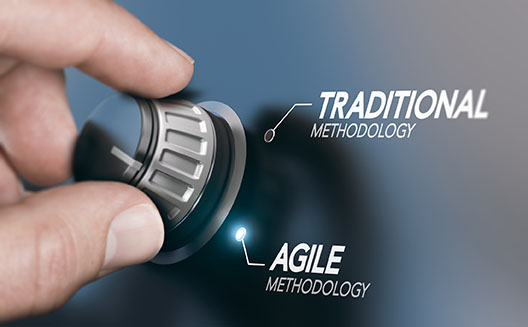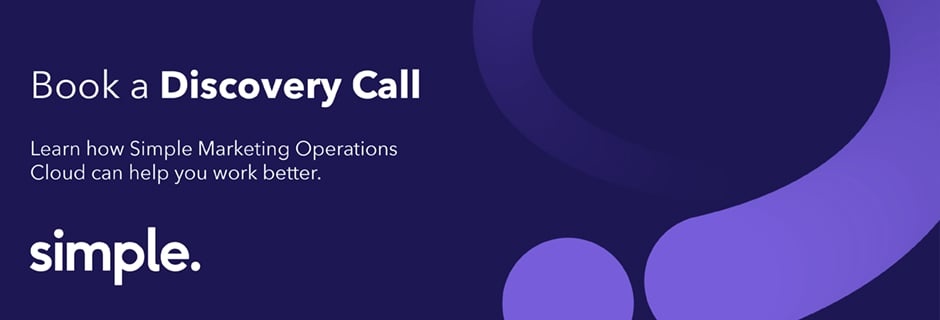Under the hood of AGL’s digital transformation
Under the hood of AGL’s digital transformation
Energy supplier AGL is undergoing a massive corporate agile digital transformation. We talked to General Manager, Customer Experience Transformation Craig Lauchlan about the impact this is having on marketing and the customer experience.
Craig, thanks very much for speaking with Simple! How would you describe the agile transformation underway at AGL?
We are two years into the transformation at AGL. It’s part of a $300 million digital transformation program that aims to put the customer at the centre of everything we do and deliver an industry-leading digital experience for customers. It encompasses AGL’s foundational technological capability, the digitisation of key customer interactions and the delivery of signature moments or innovative services that will delight customers.
How big is the scale of the agile transformation?
We have had about 600 people working in 44 Scrum teams across the organisation, with a number of marketing staff included in that number. There are two levels of agility within the business. To date the main focus has been on the heavy-lifting change work: new platforms, new capability and new technologies. The next phase of work tackles the business-as-usual (BAU) processes at scale and driving digital adoption. In marketing, we are also undertaking a customer personalisation program and switching to a new marketing cloud platform.
Confused about agile marketing? Download your free e-book: Agile Marketing FAQs for CEOs and CMOs
How is AGL organising itself around the customer experience?
We’ve taken a customer journey lens on it. There are some major customer journeys that we have focused on to-date:
- Moving and Joining
- Looking and Choosing
- Managing your Account
- Payments and Billing.
How are teams being constituted to work on those big-agile and small-agile problems?
For the BAU work, we are putting cross-functional teams together to solve problems by building propositions and campaigns relating to those customer journeys. We want to experiment in this market and test conversations in our call centre. We’re making sure we have teams that include operations, marketing, sales, digital, legal, technology, risk and decisioning to build those propositions. It wasn’t really happening before. Previously we had a more traditional campaign- and product-based marketing model. We are now moving to a more personalised end-to-end experience with AGL.
For the big agile projects we established value streams characterised by cross-functional Scrum teams nested together to build minimum viable products. Marketing is also involved in designing the solutions, providing customer insight and figuring out how to take the propositions to market. We need people from across the business embedded in those teams. The theory going forward is that our teams are going to be doing their day job as well as being engaged in these Scrum teams. This will be a challenge for our teams but we are up for it.
Describe AGL’s agile process
We have 90-day planning cycles or Program Increments (PI) starting with full-day immersions for planning our sprint cycles. There are typically six sprints in a 90-day cycle. We are using a number of agile ceremonies including daily standups, weekly scrums, fortnightly showcases of work in progress and a retrospective on day 80 where we look at how we might do things differently in the next PI.
Marketing will be using Lean, test-and-learn techniques. They’ll be using visual management boards. We’re trying to cut down on wasted meetings, wasted time and Powerpoint packs that add no value.

Will you create tribes?
We’ve got as far as the working model but we haven’t got as far as naming them and I’m not sure we will refer to them as Tribes at this point – however, the agile principles remain. The intent is it will be customer-centric: product owners building propositions around these customer journey concepts supported by persistent value streams (squads of scrum teams).
Has it been difficult for marketing to make the move to agile processes?
The transformation program has been working this way for the past two years and it has been very successful to-date. We have immersed over 700 people in training and we have a small number of expert coaches who guide and support the value streams.
Marketing is one of a number of business units in AGL that are now on a transition to the new ways of working. It is early days but there is a willingness to give it a go! We are running a number of workshops this month explaining how you run agile at scale, and govern for benefits, including describing the types of behaviours we would look for and expect.
What has the impact of this organisational change been?
One key outcome has been speed. Previously it might have taken three months to get a campaign in market, but we are now moving to an environment where we can run automated personalised communications and conversations with customers on a persistent and sustained basis.
I’m of the view that you can get good results through experimentation in the market. You might get a 2% response rate to a typical campaign; alternatively you could run a series of experiments and probably get the same results, if not better. We’re looking at technology in our organisations now where we can run hundreds and hundreds of experiments. You’ve got to have a much more open-minded experimental mindset. There’s potentially a much bigger upside!
Simple’s Marketing Operations Cloud helps marketers gain more agility, insights and control to manage and create profitable customer experiences. Reach out to one of our consultants to see how it works.

